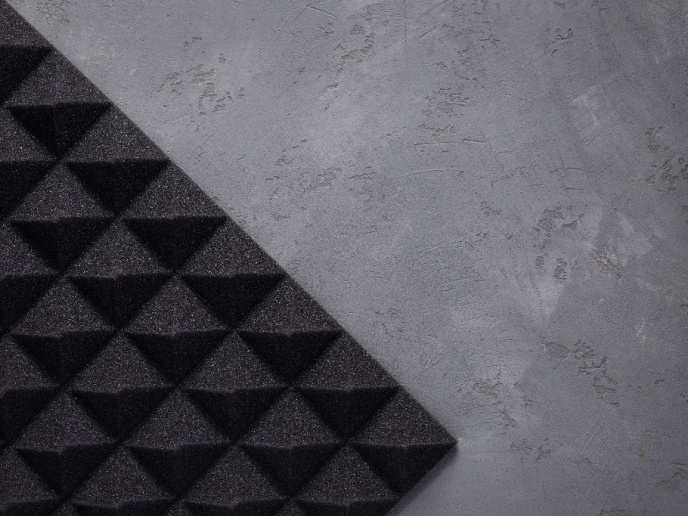Next-generation acoustic metamaterial absorbs low-frequency sound
Low-frequency noise (1000 Hz or lower) is a growing environmental problem. Possible sources are often associated with some form of machinery from plants or factories. In homes and offices, common noise sources are heating and ventilation systems, boilers and fans. People are more likely to feel the sound vibrations rather than hearing the noise. “Existing acoustic materials are bulky and limited in their ability to attenuate low-frequency sound waves. Industries face increasingly stringent regulations and do not have the technology to comply,” notes Eimear O’Carroll, Lios(opens in new window) CTO and co-founder. With the support of the EU-funded TANDEM(opens in new window) project, Lios is changing this by developing a new class of material called SoundBounce(opens in new window).
A thin, affordable and eco-friendly (meta)material
“Our game-changing solution delivers superior noise attenuation. Unlike traditional acoustic materials which are thick and heavy, SoundBounce is thin, cost effective, and non-toxic. Its volume is up to four times smaller,” remarks O’Carroll. Metamaterials are materials engineered to have properties that cannot be found in nature. SoundBounce is composed of an active material enclosed in an adaptable and customisable housing (cellular-shaped skin), responding when exposed to noise and reducing sound and vibration energy. “The innovative metamaterial bypasses critical technical bottlenecks, enabling the creation of smaller, lighter products with substantially reduced noise output. This is essential in the construction, automotive, power generation and aerospace sectors where space is at a premium,” explains Rhona Togher, Lios CEO.
SoundBounce’s exciting potential
“Sustainability is becoming more important to our customers,” adds Togher. “In addition to the environmental advantages with respect to noise, the materials used to make SoundBounce have a low environmental impact. The responsive thixotropic materials(opens in new window) are safe, recoverable and recyclable at end of life.” Lios has performed a successful proof of principle of their technology for a number of customers. Through these projects, they validated demand for SoundBounce and formed strong relationships with large corporations. In January 2021, Lios signed a 12-month contract with the European Space Agency for the development and testing of new acoustic components for use in future launch vehicles. In the context of the Future Launchers Preparatory Programme(opens in new window), Lios proved that SoundBounce improves the acoustic environment in the launch vehicle fairing, protecting the sensitive payload without occupying much space. “Looking at the bigger picture, SoundBounce use extends beyond the space sector, into industries where light weight and large-scale production are highly valued,” states O’Carroll. “The integration of the innovative metamaterial in automotive components could further reduce noise emissions, enabling faster electrification of vehicles. To date, testing has demonstrated the stability of the active material and the feasibility to design a prototype. Lios is now working on improving and scaling up the production of their innovative metamaterial.







